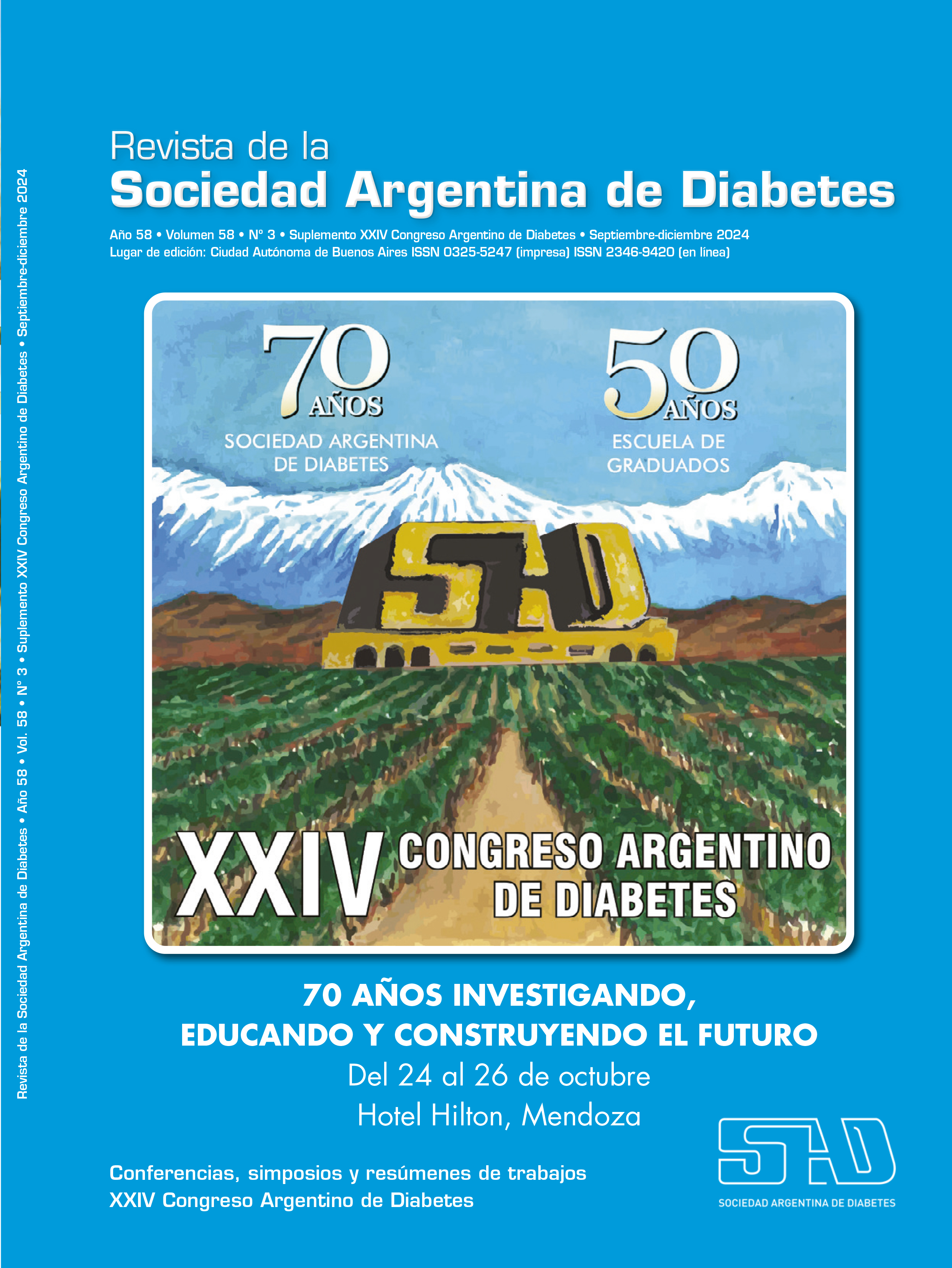Why does it evolve faster in children and adolescents?
Keywords:
type 2 diabetes, childrenAbstract
Type 2 diabetes is an heterogeneous disorder characterized by hyperglycemia due to insulin resistance and a gradual functional decline of β cell. Traditionally considered a disease in adults, it is now recognized in young people, especially in certain ethnic groups. In young people, however, the evolution is more aggressive, with rapid progression of β-cell failure, higher rates of therapeutic failure and, therefore, early complications.
Two important studies (SEARCH and TODAY) have provided information about the complex and heterogeneous nature of type 2 diabetes in young people as well as the treatment difficulties in this age group and the consequences on health. Unlike the evidence in adults in which treatment with metformin and insulin can prevent progression to diabetes and improve insulin secretion, in young people with impaired glucose tolerance or diabetes, no treatment is able to prevent cell deterioration β. More recently, the RISE study, through clamp studies and oral glucose tolerance testing, demonstrates some physiological differences between both age groups: young people are more insulin-resistant (puberty constitutes only part of the effect), hyperresponsiveness of the β cell, reduction in insulin clearance and faster in the decline of β cell function.
More studies are needed to clarify whether these differences between both age groups contribute to the decline in β-cell function and response to pharmacological intervention. An additional and important aspect is that obese young people with impaired glucose tolerance are more insulin-resistant than adults, despite similar adiposity. One of the recent aspects is the significance of the adiposity threshold in the development of metabolic alterations.
References
I. Nadeau K, Anderson B, Berg E, et al. Youth-onset type 2 diabetes consensus report: current status, challenges, and priorities. Diabetes Care 2016;39:1635-1642.
II. The Rise Consortium. Metabolic contrasts between youth and adults with impaired glucose tolerance or recently diagnosed type 2 diabetes. Observations using the hyperglycemic clamp. Diabetes Care 2018;41:1696-1706. doi: 10.2337/dc18-0244
III. The Rise Consortium. Metabolic contrasts between youth and adults with impaired glucose tolerance or recently diagnosed type 2 diabetes. Observations using the oral glucose tolerance test. Diabetes Care 2018;41:1707-1716. doi: 10.2337/dc18-0243.
IV. Utzchneider K, Tripputi M, Kozedub A, et al.; The Rise Consortium. Differential loss of β-cell function in youth vs. adults following treatment withdrawal in the restoring insulin secretion (RISE) study- Diabetes Res Clin Pract. 2021;178:108948.
V. Taylor R. Understanding the cause of type 2 diabetes. Lancet Diabetes Endocrinol 2024. doi: 10.1016/S2213-8587(24)00157-8.
Downloads
Published
Issue
Section
License
Copyright (c) 2024 on behalf of the authors. Reproduction rights: Argentine Society of Diabetes

This work is licensed under a Creative Commons Attribution-NonCommercial-NoDerivatives 4.0 International License.
Dirección Nacional de Derecho de Autor, Exp. N° 5.333.129. Instituto Nacional de la Propiedad Industrial, Marca «Revista de la Sociedad Argentina de Diabetes - Asociación Civil» N° de concesión 2.605.405 y N° de disposición 1.404/13.
La Revista de la SAD está licenciada bajo Licencia Creative Commons Atribución – No Comercial – Sin Obra Derivada 4.0 Internacional.
Por otra parte, la Revista SAD permite que los autores mantengan los derechos de autor sin restricciones.




























